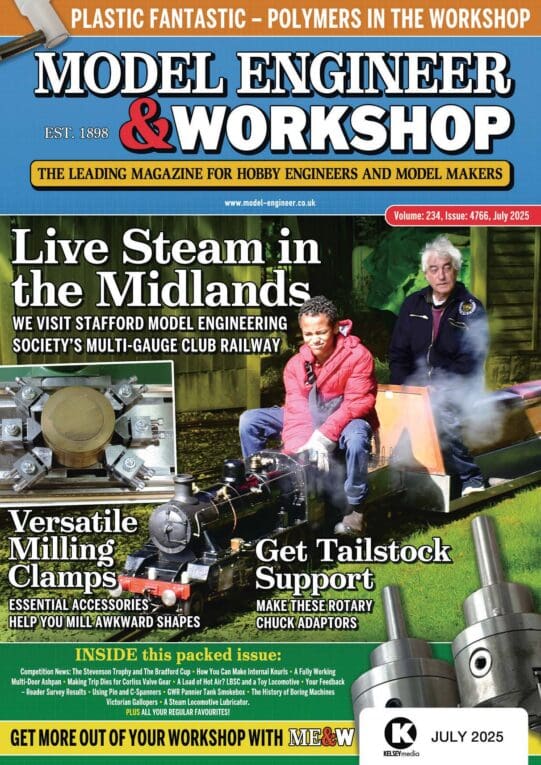I hear what you say Pete, but the Twinmill, for all of its doughty qualities is no Aciera, Schaublin or Deckel. It is the product of a small company in the heroic age of British manufacturing – seat of the pants, finger in the air, hand and brain, time honoured tradition etc. I doubt if anyone involved with its design and manufacture ever bothered to shake a slide rule at it!
Yes, they would have consulted with a range of quality bearing providers, but only to get the lowest possible cost quote for supply and bearing manufacturers would have responded in kind – ‘Not for industrial or manufacturing use sir?, we recommend these open cup and cone taper roller wheel bearings, low cost, tolerant of setting and abuse, adjustable, easily lubricated…etc’ And the lubrication recommendation in 1960 would be ‘install with lithium grease sir’ with a cautionary ‘avoid overpacking’ just as it is today for this class of bearing with SKF!
No guesswork involved with solving the heating problem on this mill. Numerical and empirical investigation proved the bearings were just fine on their own, the killer was the oil seal generating about 70 watts of heat at 3000 rpm- imagine a 70 watt incandescent light bulb (remember those!) stuffed inside the nose of your spindle! It will warm up real quick!
As the bearing is an open cup and cone type, it would need protection from swarf, so as far as the manufacturer was concerned, an oil seal would be the simplest and cheapest approach. I doubt that potential heating issues from friction occurred to anyone at the time. If the customer latterly complained, the standard customer service response would be given ‘yes well, they all do that sir, you should really try to avoid running it at high speed….’.
Those prophetic words explaining one of the factors that condemned British mass manufacturing to its doom.
In the end, the bearings for this machine are just low cost wheel bearings, practically cheaper than dirt. If you are not squeamish you can have replacement Brand X for £10 a pair, if you want to go posh, a pair of SKFs or Timken can be found for less than £40. When installed, it is not practical to re-grease without dismantling, so lubrication will be 1ml of 140D to each bearing at the the scientifically prescribed interval of ‘once in a while, when needed’.
I can report that now the bearings have been run in for a while, even at highest speed heating is no more than lukewarm. No longer any risk of third degree burns from the spindle nose! I shall recheck when I install one of Old Marts cut down expertly modified oil seals.
 Nicholas Farr.
Nicholas Farr.





